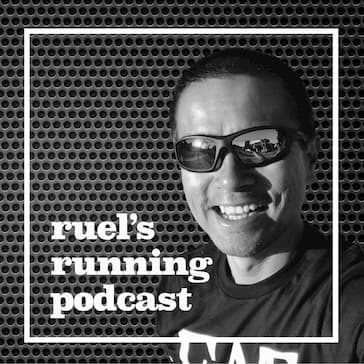I’ve wrapped up four weeks of base training based on the Maf Method. I have a basic understanding of it and have faith it will improve my running and get faster with less anaerobic effort. In preparation for my upcoming first 50k, Lucho advised that I include hill training to give my legs more durability. With my focus in maintaining an aerobic heart rate during runs, I wasn’t sure how to add them in without interrupting lower heart rate training. He did say the best time to include strength training was in the beginning when there are more lower intensity workout, so I guess now is the best time.
I came across Dr. Phil Maffetone’s article “Building Speed Through Downhill Workouts” on The Natural Running Center website recommending downhill running to build speed while maintaining an aerobic heart rate. The article made sense. I was concerned about slipping into anaerobic mode hitting the hill work but I have a better sense now how to approach it.
“Using a long downhill that’s not too steep, you can train your brain to turn the legs over much more quickly than would ordinarily occur during a run on a flat course—all while staying aerobic. If you have a long steady downhill that takes you ten minutes or longer to complete, you can derive great neuromuscular benefits. It’s important to be sure the downhill is not too steep a grade, which may force a runner to overstride, putting too much mechanical stress on the feet, knees, hips, and spine. Even on the right grade, your stride length should be about the same as if you were on level ground.
If the downhill run is short, such as five minutes, you can do downhill repeats, walking or slowly running up the hill while staying aerobic to start your downhill interval again. Some treadmills can be adjusted to slant downhill, which is a nice alternative for runners.
I often suggest one or two downhill workouts per week, not on consecutive days, during the base period. Even though you’re aerobic, this workout does add more good stress to your body, and it’s best to assure recovery by not using the technique on consecutive days. When properly done, most athletes don’t feel much different from any other workout, but some may feel a slight or mild soreness in some muscles indicating the new activity. This workout need not be very long—runners can go forty-five minutes. These workouts will also help you further develop more aerobic speed.”
This essay is excerpted from Dr. Phil Maffetone’s “The Big Book of Endurance Training and Racing.”
